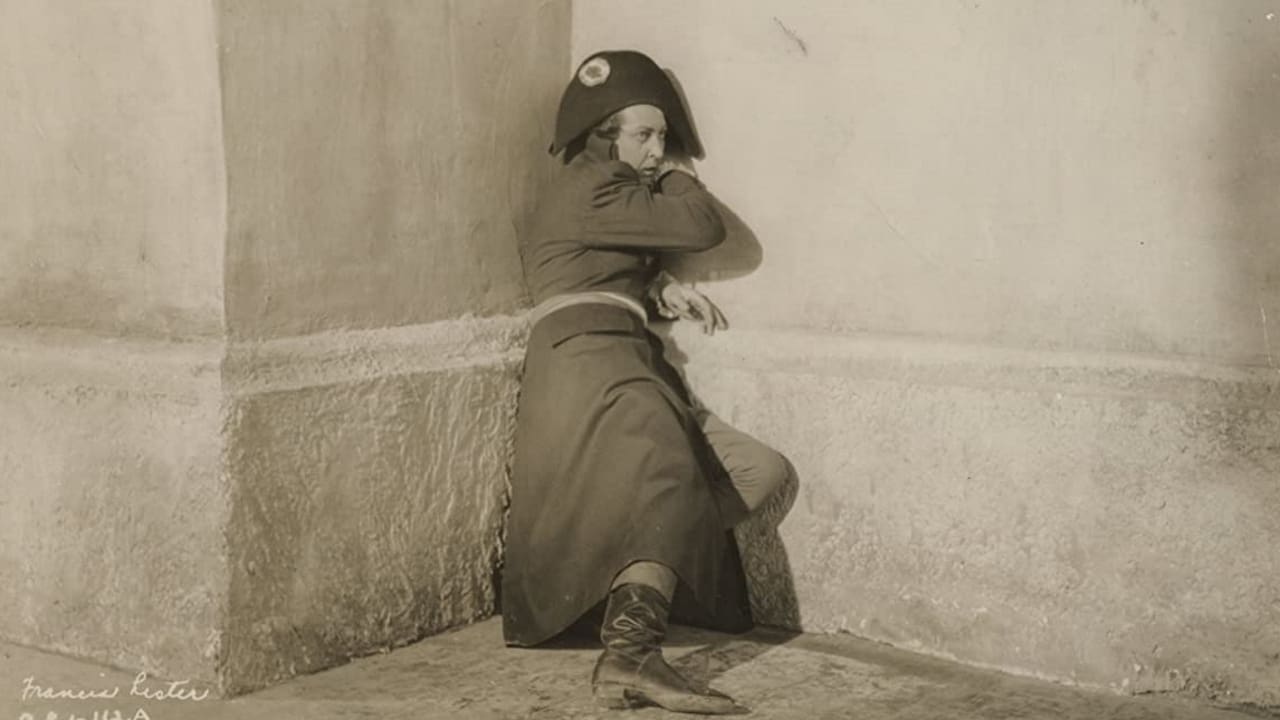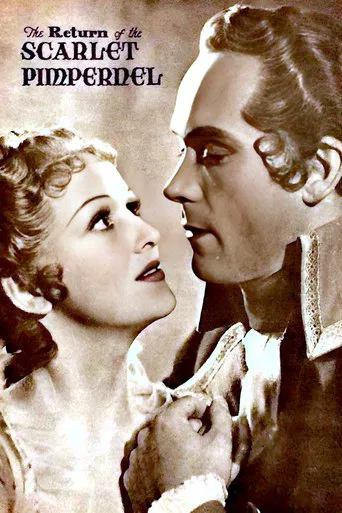Hellen
I like the storyline of this show,it attract me so much
Breakinger
A Brilliant Conflict
Sabah Hensley
This is a dark and sometimes deeply uncomfortable drama
Dana
An old-fashioned movie made with new-fashioned finesse.
SimonJack
"The Return of the Scarlet Pimpernel" is a sequel to the 1934 movie, "The Scarlet Pimpernel." Most Hollywood sequels are creations by studios to cash in on big hit movies. But not so, this one. It is based on the further writings of author Baroness Emmuska ("Emma") Orczy. The Hungarian-born aristocrat became a highly successful writer of mystery, intrigue and detective stories. She lived most of her adult life in England and wrote in English, which was her third language. Her most famous character is English nobleman, Sir Percy Blakeney. His cunning and organization of the Scarlet Pimpernel underground helped many of the landed gentry in France escape the guillotine under Robespierre.Orczy wrote more than a dozen novels and stories in the Scarlet Pimpernel Series. Four were made into movies. The original and "The Elusive Pimpernel" were first made as silent films in 1917 and 1919. The first sound film of "The Scarlet Pimpernel" came out in 1934. Its cast of Leslie Howard, Merle Oberon and Raymond Massey was superb. This film, "The Return of the Scarlet Pimpernel," is the second sound film. The third film was "Pimpernel Smith" in 1941, and the fourth was "The Fighting Pimpernel" in 1950. Later British TV programs ran Pimpernel stories, and a couple of TV series aired in 1956 and 1999-2000.While all of the Pimpernel stories are entertaining, none of the sequels could come close to the original. Perhaps that is in part because the subject was new and very fresh when introduced. But, I think also that it is due to the superb casting for the original story – in 1934 and in a 1982 remake movie for TV. The color, lavish sets, excellent scenery and screenplay of the latter film equaled or bettered the first sound production of 1934. And its cast of Anthony Andrews, Jane Seymour and Ian McKellen was equally superb. Only a few of the first film actors are in this or the other two sequels. This film continues with the action of the original, but it is lacking in other areas. Barry Barnes is fair as Sir Percy, but Sophie Stewart is a very weak Lady Marguerite Blakeney. Francis Lester is far too gentle in the role of Chauvelin. Henry Oscar is too old as Robespierre, although he shows the citizen's paranoia that most likely led to his downfall. The introduction of the real person, Jean Tallien, and the undoing of Robespierre's hold over the revolution add much to earn this film its rating. James Mason is excellent as Tallien. While this film can't match the original story for intrigue, interest, action and acting, it is an interesting work of historical fiction. That was a favorite style of Baroness Orczy. She excelled at it as seen, especially, in all of her Pimpernel stories. I think most people will find this movie entertaining.
MartinHafer
Barry Barnes plays the title part in this sumptuous Alexander Korda film. In addition, a very young James Mason has a small role.This film picks up at the end of "The Scarlet Pimpernel". The Pimpernel's enemy, Chauvilland, has just been tricked into allowing him and his men to escape. However, Chauvilland now knows that Percival Blakeney is the Scarlet Pimpernel and he'll stop at nothing to lure him from England to France in order to arrest and execute him. Urging him on is the insane Robespierre—who threatens to have Chauvilland guillotined if Blakeney is not captured.There are no huge surprises in the film—once again, Blakeney is a master of disguises and once again he and his colleagues are always just a step away from the guillotine. The only surprise comes to those who know history, as this otherwise excellent film takes HUGE liberties with the real downfall of Robespierre—and in this case, the real historical account is far more exciting. Robespierre was himself accused of treason and sentenced to death—but he tried killing himself to deprive the audience of seeing his head removed. However, in the process, he shot off part of his face and was executed anyway! In addition to the ending being historically inaccurate, it was also pretty tough to believe…no, impossible! Up until then, it was a solid and exciting film. This botched ending brings the rating down to 7—meaning it's still well worth watching but could have stood improvement.
benbrae76
A rather tame yet amusing sequel to the Howard/Oberon movie. Sophie Stewart plays Marguerite Blakeney without a vestige of a French accent. Barry Barnes is passable as the eponymous hero. Anthony Bushell repeats his role as Sir Andrew Ffoulkes, and a youthful James Mason plays a minor role with his normal suavity. Raymond Massey is sorely missed as Chauvelin. His place is taken by a somewhat hammy Francis Lister.The whole piece is not so much swash and buckle as tosh and truckle. However it's still enjoyable. What amused me most of all was the casting of the role of Robespierre. A 46 year old Henry Oscar was made up to look an older 56 or so, when he should have been made to look younger. Robespierre was only 36 years old when he went to the guillotine.
MelindaL51
While I think the original, 1934 version is much better with better actors, I really enjoyed seeing this movie. The actor who plays Sir Andrew in the first one comes back and had a larger part and in my opinion Sir Andrew is allowed to shine in this one. Marguerite is just played differently, she is kidnapped and perhaps a bit over dramatic, but so was the one in the book on occasion. She is also a perhaps more innocent version than was played by Merle Oberon and later Jane Seymour. Chauvelin doesn't have the air of evil that Raymond Massey is able to portray, you almost feel sorry for him in fact, rather than thinking him a evil villain. Overall, I believe it is worth seeing and I liked it. You have the chance to meet some of the other League members, which is an improvement over the original where Dewhurst is seen and not heard or credited and the others, except Andrew and maybe Hastings, are virtually non existent.

